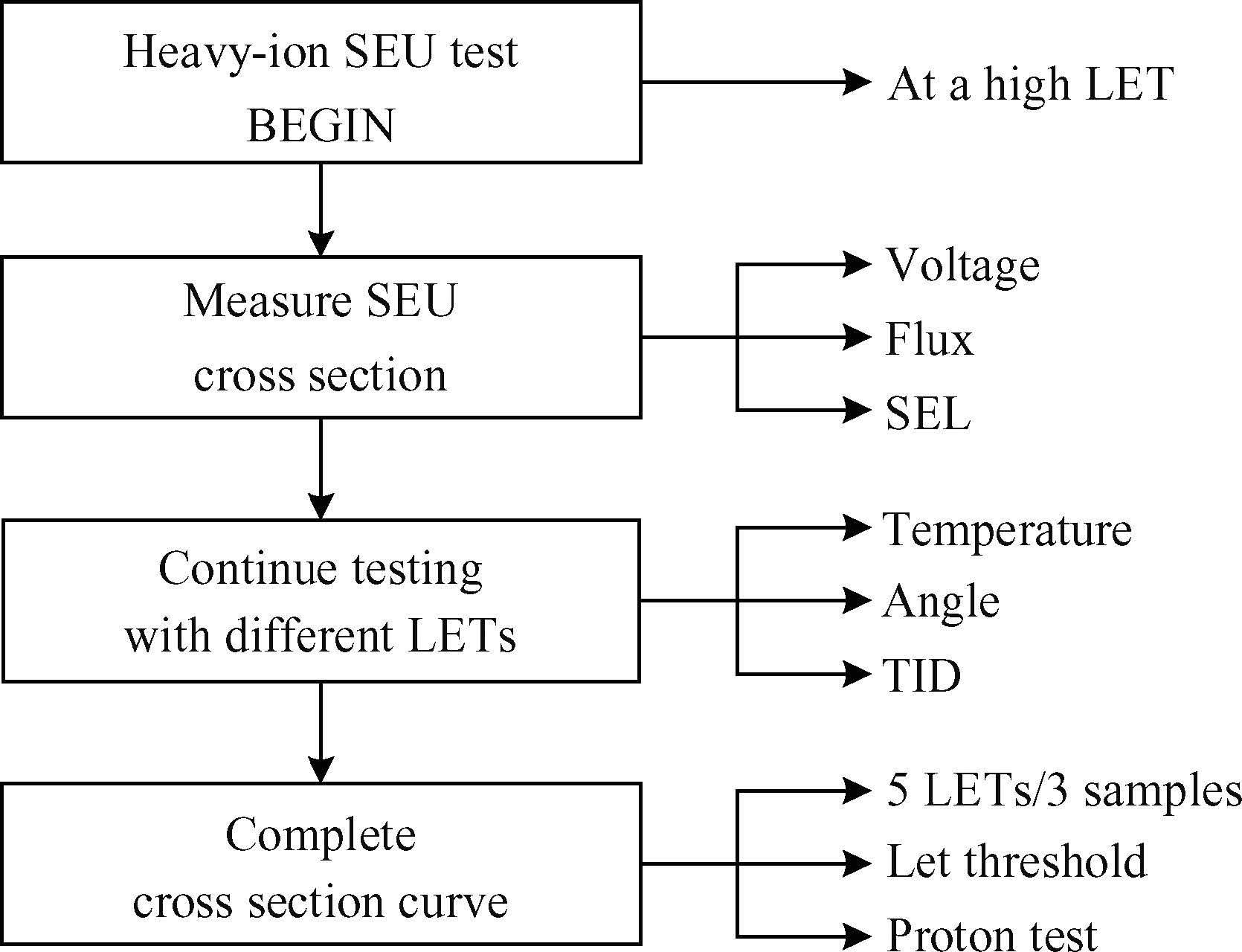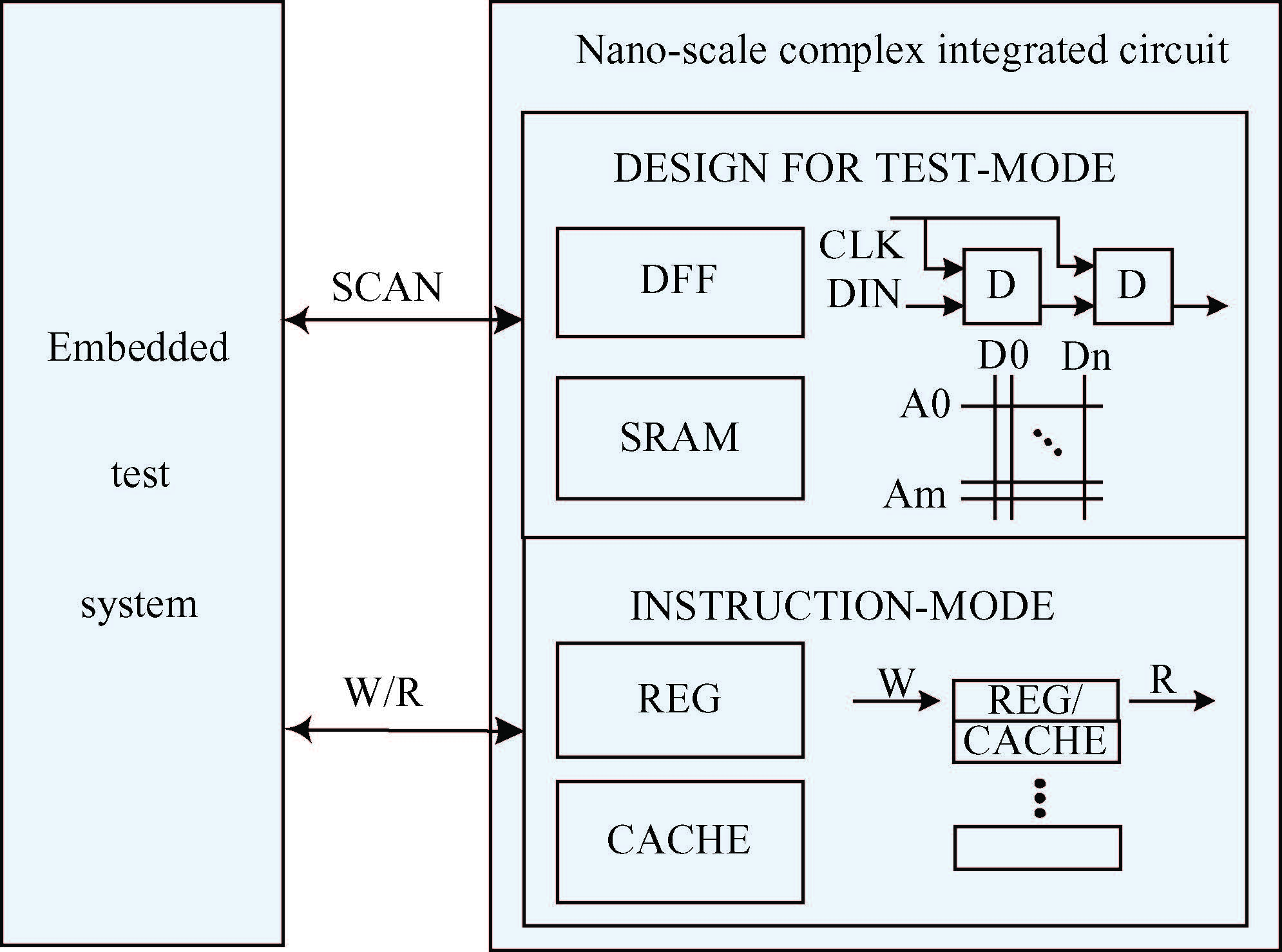| Citation: |
Hongchao Zheng, Yuanfu Zhao, Suge Yue, Long Fan, Shougang Du, Maoxin Chen, Chunqing Yu. The single-event effect evaluation technology for nano integrated circuits[J]. Journal of Semiconductors, 2015, 36(11): 115002. doi: 10.1088/1674-4926/36/11/115002
****
H C Zheng, Y F Zhao, S G Yue, L Fan, S G Du, M X Chen, C Q Yu. The single-event effect evaluation technology for nano integrated circuits[J]. J. Semicond., 2015, 36(11): 115002. doi: 10.1088/1674-4926/36/11/115002.
|
The single-event effect evaluation technology for nano integrated circuits
DOI: 10.1088/1674-4926/36/11/115002
More Information
-
Abstract
Single-event effects of nano scale integrated circuits are investigated. Evaluation methods for single-event transients, single-event upsets, and single-event functional interrupts in nano circuits are summarized and classified in detail. The difficulties in SEE testing are discussed as well as the development direction of test technology, with emphasis placed on the experimental evaluation of a nano circuit under heavy ion, proton, and laser irradiation. The conclusions in this paper are based on many years of testing at accelerator facilities and our present understanding of the mechanisms for SEEs, which have been well verified experimentally. -
References
[1] [2] [3] [4] [5] [6] [7] [8] [9] [10] [11] [12] [13] [14] [15] [16] [17] [18] [19] [20] [21] [22] -
Proportional views






 DownLoad:
DownLoad:

















